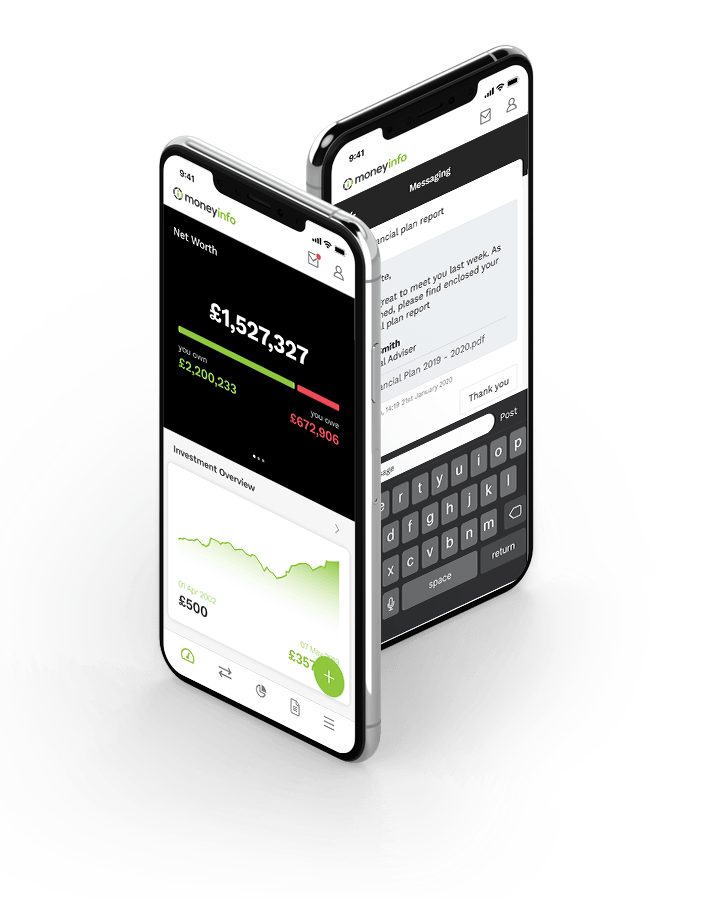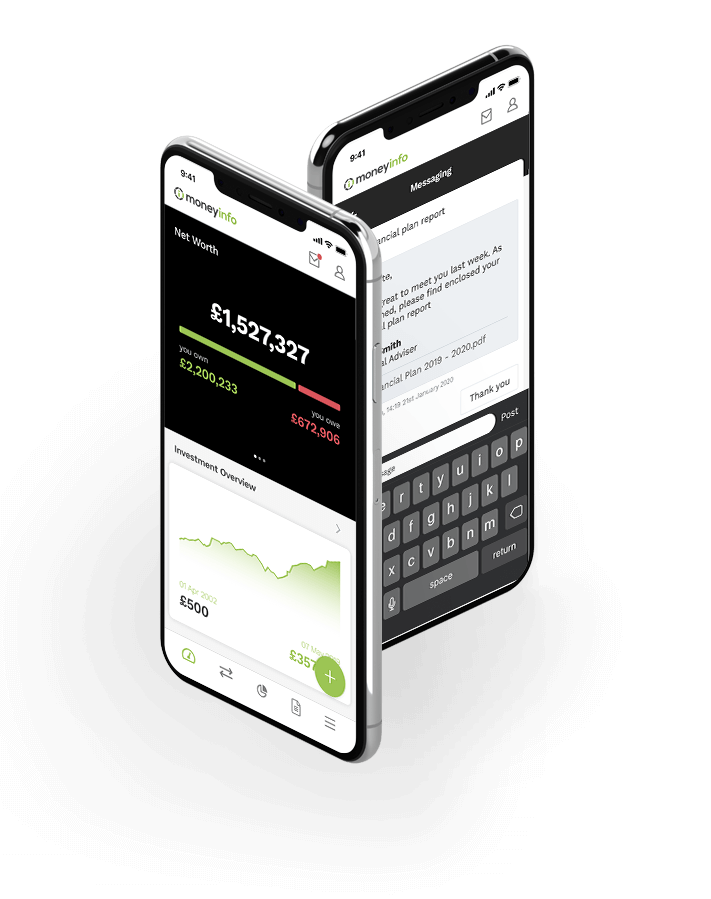UNLOCKING THE POTENTIAL OF YOUR BACK OFFICE 1 (Part 2/8)
Unlocking the potential of your back-office (part 1 of 2).
You can unlock the potential of your back-office with a well implemented digital strategy, introducing a client portal to provide the interface between you and your clients.
This series of articles will help you understand the technology choices you need for your firm and how best to implement those choices.
Let’s talk about what back-office systems are good for:
1) Client Relationship Management (CRM).
CRM allows you to track all contact with clients throughout your business by email, letters (printed and pdf), telephone calls, face to face meetings etc. CRM records the sales process and builds into the compliance audit trail. It is effectively an electronic filing cabinet.
2) New Business Register.
The sales process hopefully concludes with the successful outcome of writing new business. A sales process, probably better referred to as a case, can give rise to none, one or more items of new business, each of which needs to be tracked through to completion, ensuring all the relevant paperwork is completed and submitted, acknowledged and accepted.
3) Workflow
Adviser back-office systems allow you to build template workflows and track these workflows through your system, providing team views and supervisory functions to ensure all work is completed and prompting for work outstanding when it is overdue. Completed work feeds into the compliance audit trail.
4) Document management.
A lot of documents are created as part of the workflow for clients and these need to be recorded as part of the compliance audit trail. A good back-office makes document management easy by attaching documents to workflow and ensuring they can’t be edited after the fact providing a compliance audit trail.
5) Commission & Fee Reconciliation.
Getting paid for the work is very important and adviser systems allow you to calculate commission and fees due and record time spent either to generate a fee or to help justify the commission/fee charged and work out the profitability of a case. Payaways to consultants and third parties can also be tracked.
6) Management Information.
If it’s measured, it’s managed! This was my FD’s favourite saying and in case of a back-office system is probably the most important fact to ensure your system has reliable data in it. There are many firms who have a back-office system then run their income reconciliation on excel spreadsheets because they can’t trust the data in the back-office. This is madness! If you rely on separate spreadsheets then the only accurate data in your firm will be the spreadsheets and the back-office data will become quickly out-of-date and irrelevant. Your accounts department needs to rely on accurate data in the back-office and this in turn forces consistent and reliable data in to the back-office.
Back-office systems are good at new business tracking, compliance and management reporting assuming you rely on the data to run your business. If your system is efficiently doing these six things for your firm then you are probably getting the best out of it.
This is a two-part article and in the second-part I will discuss what back-office systems don’t do so well and why having a one technology supplier strategy is unlikely to give you the benefits you’re aiming for.
Author: Mik Cons, CEO @moneyinfo
About moneyinfo limited.
At moneyinfo we work with adviser firms in wealth management and workplace to develop a complete digital client relationship. We provide clients secure access to their entire financial life including their investments, pensions, savings, property, insurances, banking, credit cards and mortgages with full control over the privacy of their personal data.
To find out more book a 1-2-1 meeting, or call us on 03303 600 300. We’d love to hear from you.
Read the full 8 part series using the links below:
- A NEW MODEL ADVISER FOR THE 21ST CENTURY (Part 1/8)
- UNLOCKING THE POTENTIAL OF YOUR BACK OFFICE 1 (Part 2/8)
- UNLOCKING THE POTENTIAL OF YOUR BACK OFFICE 2 (Part 3/8)
- DELIVERING THE IDEAL ADVISER TECHNOLOGY SOLUTION (Part 4/8)
- THINK ABOUT THE PROBLEM FROM YOUR CLIENTS' PERSPECTIVE (Part 5/8)
- TURNING YOUR CLIENT PORTAL INTO YOUR CLIENT'S FINANCIAL APP (Part 6/8)
- TURNING YOUR CLIENT PORTAL INTO YOUR CLIENT'S FINANCIAL APP (Part 7/8)
- 21ST CENTURY NEW MODEL ADVISER (Part 8/8)

